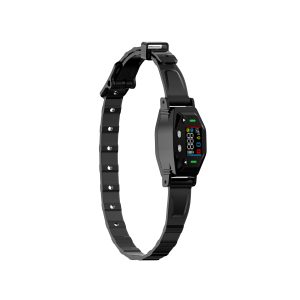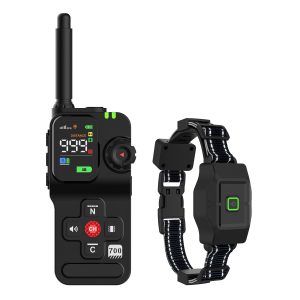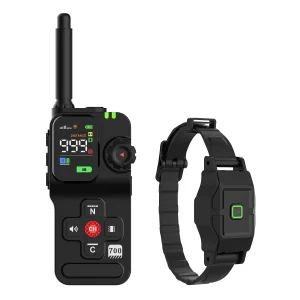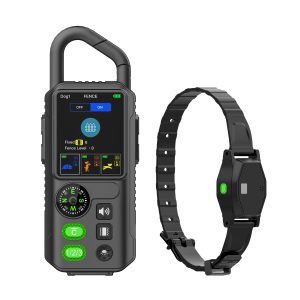The Benefits of Using Dog Training Collars
Dog training collars have been a subject of controversy among pet owners, but when used correctly, they can be highly effective tools for training and ensuring the safety of your furry companion. From basic obedience to addressing behavioral issues, these collars offer various benefits that can significantly improve your dog’s behavior and your overall relationship with them.
One of the key advantages of using dog training collars is their ability to provide immediate feedback to your dog. By delivering signals like vibrations, tones, or mild static corrections, these collars help reinforce desired behaviors and discourage unwanted ones. This real-time feedback can be especially useful during off-leash training sessions or when addressing specific behavioral problems.
Additionally, dog training collars can be instrumental in enhancing communication between you and your pet. They serve as a way to convey commands effectively and consistently, leading to quicker learning and better retention of training lessons. With proper use, these collars can help your dog understand boundaries, recall commands, and improve their overall behavior.
Types of Dog Training Collars
There are several types of dog training collars available in the market, each designed for specific training needs and preferences. Some common types include:
- Static Collars: These collars deliver a mild static shock as a corrective measure for unwanted behavior.
- Vibration Collars: Using vibrations to get your dog’s attention or redirect their behavior.
- Tone Collars: Emitting a sound signal to signal a command or reinforce positive behavior.
- GPS Collars: Combining training features with GPS tracking for additional safety and security.
Best Practices for Using Training Collars
While dog training collars can be effective tools, it’s essential to use them responsibly to avoid causing harm or stress to your pet. Here are some best practices to keep in mind:
- Always consult with a professional dog trainer before using a training collar, especially if you’re new to training techniques.
- Choose the right type of collar based on your dog’s personality, size, and training goals.
- Introduce the collar gradually and in a positive manner to prevent your dog from associating it with fear or discomfort.
- Consistently follow up collar training with positive reinforcement and rewards to encourage desired behavior.
Conclusion
Training collars can be valuable tools for teaching obedience and ensuring the safety of your dog. By understanding their benefits, using them responsibly, and following best practices, you can effectively train your furry friend and strengthen your bond with them.




